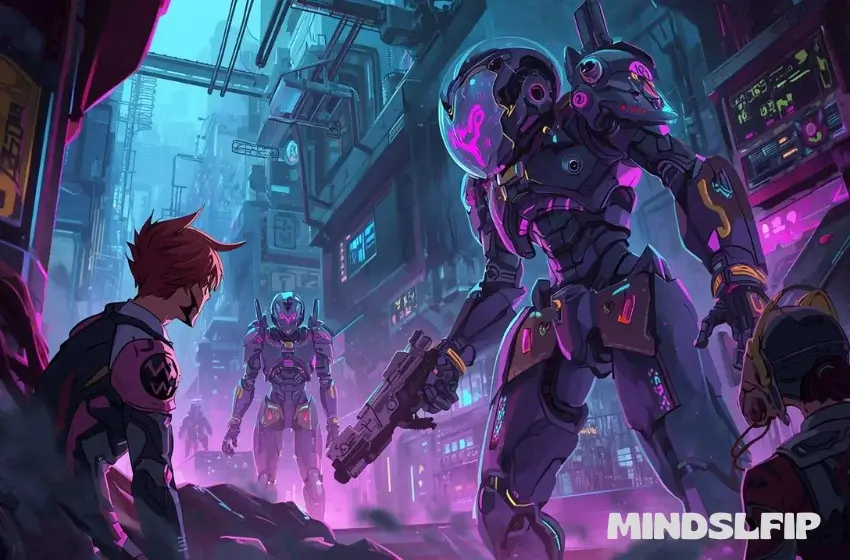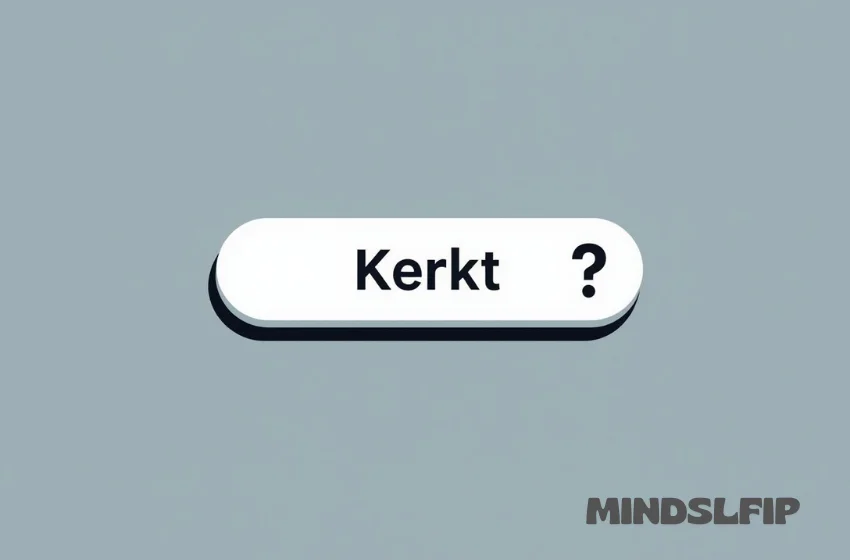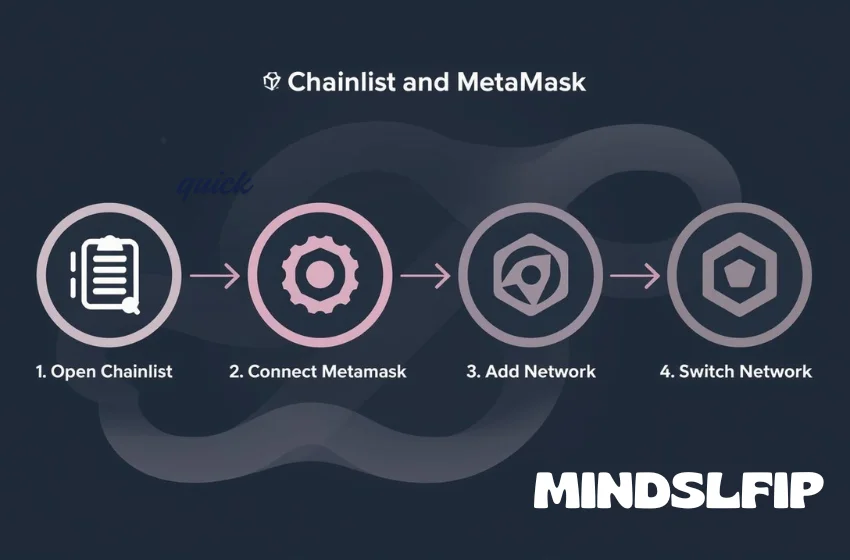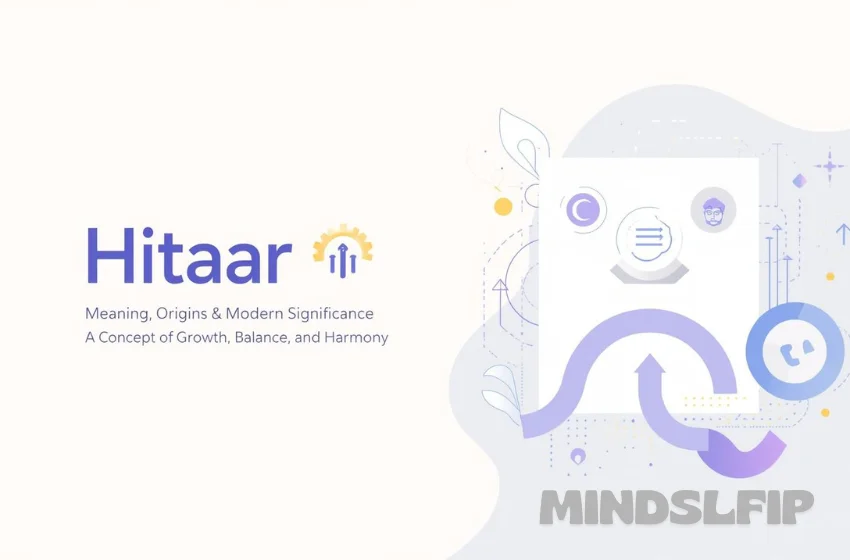Taking Robotics to the Next Level: A Look at the ODOI Project
The field of robotics has been experiencing exponential growth, with new developments and innovations being introduced daily. Robots are now ubiquitous, found everywhere from factories to hospitals. Companies all around the globe are pouring money into robotics R&D because of the relentless demand for new technologies and automation.
The ODOI Project is one example of such an organization. An open-source platform for developing and building industrial robots was the goal of this project, which began in 2010, with the hope of elevating the robotics community. The influence of the ODOI Project on robotics will be examined in detail in this blog post.
A Project on ODOI
Industrial robot design and building are the primary foci of the all-encompassing ODOI Project. Its principal goal is to make open-source designs and materials accessible to everyone, thus democratizing the robotics profession. Three primary parts make up the project:
Design that is open-source means that anybody can access and use the designs created by the ODOI Project. Anyone with an interest in robotics can now access, alter, and apply these ideas according to their requirements. This is how the initiative promotes inclusivity and teamwork among robotics fans and experts.
- The ODOI project promotes collaborative building by inviting participants to enhance preexisting designs. Thanks to everyone's hard work, stronger and more efficient robots are now in the works.
- Robotics education is a priority for the ODOI Project, which is why it is dedicated to community outreach. Workshops and instructional materials for robotics design and construction are organized by them. More people will feel empowered to participate in and advance robotics as a result of this.
- More accessible, efficient, and powerful robotics solutions are on the horizon because to the ODOI Project's emphasis on these three aspects. Now, let's examine how the initiative is improving robotics in a few key areas.
Robotics Effects
By facilitating the creation of robots by anybody, the Open Design Open Infrastructure (ODOI) project is causing a seismic shift in the robotics industry. They have made it possible for anybody to learn about robot design, build their robot, and improve upon previous ones because of their open-source designs and collaborative construction approach. Because of this welcoming attitude, individuals from various walks of life and skill levels are breaking into the robotics industry. Building a robot with the help of the Open Design for Innovation (ODOI) Project is an enlightening and powerful experience that promotes a feeling of achievement and encourages more advancements in robotics.
From its start, the ODOI Project has made a big splash in robotics. Some of the ways it has improved robotics are as follows:
- The ODOI Project has reduced the cost of developing and implementing industrial robots by offering a free and open-source platform. Because of this, smaller firms now have more options to automate their procedures.
- The ODOI Project has promoted cooperation and information exchange among specialists from different fields. Because of this, more sophisticated and efficient robotic systems have been developed.
- The project's open design philosophy has fostered creativity, which in turn has produced state-of-the-art industrial robots. The area of robotics is constantly evolving and progressing because of the contributions of more and more individuals.
Uses in Different Fields
Numerous sectors have made use of the open-source platform developed by the ODOI Project, attesting to its adaptability and significance. Some examples of its use are as follows:
- Industrial robots have a long history in the industrial sector, and thanks to the Open Design for Industrial (ODOM) Project, even smaller businesses can automate their production lines.
- Robots for surgery and rehabilitation are only two examples of medical robots that have benefited from the project's open-design methodology. Medical processes have become more precise and efficient as a result of this.
- The ODOI Project has contributed to the development of agricultural robots that can assist with planting, harvesting, and crop monitoring in response to the increasing demand for sustainable farming practices.
Robotics in the Future with ODOI
Beyond its present uses, the ODOI Project has enormous potential. Under the auspices of the ODOI Project, robots have a promising future ahead of it, with an emphasis on:
- Cutting-Edge Robotics: The ODOI Project is committed to breaking new ground in robotics. From manufacturing to healthcare and beyond, the goal is to program robots to carry out ever-increasingly complicated jobs.
- One of the most promising futures is the use of artificial intelligence (AI) into robotics design. Robots driven by artificial intelligence are more efficient and adaptive because they can make judgments depending on their surroundings.
- Robots that are both efficient and environmentally friendly are a primary goal of the Open Data Infrastructure Initiative (ODOI). This includes initiatives to build with eco-friendly materials and develop designs that save energy.
- Robotics will remain more accessible to all people thanks to ODOI. To encourage more individuals to participate in and advance robotics, ODOI offers free design resources and promotes a cooperative community.
In its mission to shape the future of robotics, the ODOI Project is dedicated to refining existing technologies and pioneering new ones. We anticipate even more remarkable advancements from this endeavor as time goes on.
Conclusion
Finally, the ODOI Project is bringing about a sea change in robotics by offering a free and open platform for teamwork and new ideas. Robotics is being propelled to new heights by its advocacy of openness, cooperation, and education. From manufacturing to healthcare and beyond, this project has an impact on many different industries. The future of robotics with ODOI is bright, because to its emphasis on enhanced automation, AI integration, accessibility, and sustainability. We can be sure that the ODOI Project will have a lasting impact on robotics as we continue to innovate in this field. We should welcome this effort with open arms and follow its lead as we strive to create stronger and more efficient robots.













